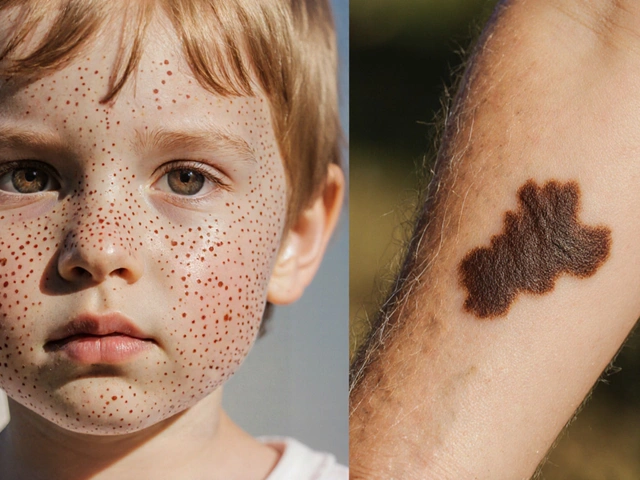Wound Recovery: Fast, Safe Healing Tips You Can Use Today
Got a cut, scrape, or post‑surgery incision? Healing doesn’t have to be a slow, painful slog. With the right steps, you can speed up recovery, cut down on scarring, and lower the risk of infection. Below are the no‑nonsense actions you should take from day one.
Essential Steps for Quick Wound Healing
First thing – clean the wound with mild soap and cool running water. Skip harsh antiseptics; they can damage healthy tissue. Pat it dry with a clean gauze pad, then apply a thin layer of a non‑sticky antibiotic ointment. This keeps the surface moist, which is key because a moist environment encourages new cells to grow faster.
Next, cover it with a breathable dressing. Look for products labeled “non‑adherent” and “water‑resistant.” Change the dressing at least once a day, or sooner if it gets wet or dirty. When you replace it, repeat the cleaning step – a clean base means fewer germs and less irritation.
Nutrition plays a hidden but huge role. Protein, vitamin C, zinc, and omega‑3 fatty acids are the building blocks of new skin. Aim for lean meat, citrus fruit, nuts, and leafy greens daily. If you’re not getting enough from meals, a simple multivitamin can fill the gap.
Stay hydrated. Water helps transport nutrients to the wound site and flushes out waste. Drinking about 2 liters a day (more if you’re active) keeps your skin supple and ready to repair itself.
Common Mistakes that Slow Down Recovery
Picking at scabs is a classic error. The scab protects the new tissue underneath; removing it exposes raw skin to infection and can lead to deeper scars. If itching becomes unbearable, tap the area lightly with a cool, clean cloth instead of digging.
Another pitfall is over‑drying the wound. Some people think a dry wound heals faster, but that’s a myth. When the wound dries out, new cells have to work harder to bridge the gap, lengthening healing time. Keep the dressing slightly moist, and avoid harsh alcohol‑based cleaners.
Ignoring signs of infection can turn a minor issue into a serious problem. Watch for increasing redness, swelling, warmth, or pus. If you notice any of these, contact a healthcare professional right away – early treatment prevents complications.
Finally, don’t underestimate rest. Your body allocates resources to repair damaged tissue while you sleep. Aim for 7‑8 hours of quality sleep each night, and avoid strenuous activity that strains the wound area.
Putting these practices together creates a solid foundation for rapid, uncomplicated wound recovery. Clean, protect, nourish, and rest – it’s that simple. Follow the steps, stay alert for warning signs, and you’ll see your wound close up faster and with less scarring.
Ready to dive deeper? Our articles on specific wound types, advanced dressing options, and scar‑reduction creams can give you even more detail. Explore them to fine‑tune your recovery plan and get back to feeling your best.
How Proper Hydration Accelerates Abrasion Healing Naturally
Learn how hydration directly affects the healing of abrasions, why moist wound care works, and how to speed up recovery with everyday tips.






